
Iranian Pet-Chem Plant Posts Record High Output
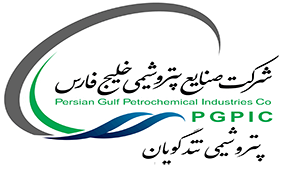
The output of Tondgouyan Petrochemical Plant has broken a new record in the first 8.5 months of the current local calendar year (since March 21), growing 23% year-on-year.
STPC’s CEO Seyed Reza Qassemi said that an SSP unit with 480,000 tons/year of production capacity was to be constructed in the facility, adding feasibility studies for construction of three 200,000-ton methanol units had been carried out in the plant.
He said the output of the units would be consumed inside the facility as feedstock, adding talks were under way with a European company for converting waste PET into quality data-x-items given the fact that the company had a yearly amount of 800 tons of waste.
The official further added that the company’s output stood at an average of over 100,000 tons per month in four consecutive months in the 8 months since March, which is a record since its launch back in 2012.
On Monday, Iran’s Noori Petrochemical Plant announced that its output records are higher than the set goals, adding that 60% of its production in the last 8.5 months have been exported.
Addressing a press conference, Noori Petrochemical Plant CEO Taqi Saneyee said that the company has produced a total of 2.9 million tons of petrochemicals in the first 8.5 months of the current local calendar year (which began on March 21).
He added that 60% of his company’s output has been exported and the remaining is being offered on the stock market or consumed as feedstock by other petrochemical plants.
Saneyee said the company is currently processing a licensing round for a heavy cut sweetening project for the production of quality diesel whose fate will be determined in two months and construction of the project is to begin in the early days of the next local calendar year.
The official further added that the plant is connected with all the refineries of the South Pars gas field in order to ensure its feedstock supply and currently had no trouble for the supply of its feedstock.
Noori Petrochemical Plant consumes an average of 100,000 barrels of feedstock on a daily basis, he added, saying that the company is currently operating at 91% of its nameplate capacity but its output is 101% of the planned production.
Saneyee further added that other development projects are underway in the facility which will increase its paraxylene output by 20% and its benzene output by 10%.
Last week, it was announced that Iranian petrochemical plants in Pars Energy Special Economic Zone have exported 1,626,458 metric tons of products in the last local calendar month of Aban (October 21 – November 22), which indicated a 39% jump in comparison with corresponding period in the last year.
Last month, CEO of Jam Petrochemical Plant Mohammad Reza Saeedi said that Iranian petrochemical plants are defeating the US sanctions against the country as they have managed to materialize their objectives in sales and production so far.
According to the National Petrochemical Company (NPC), Saeedi said the company had developed detailed plans for enhancing its output and carrying out new projects.
“Despite the sanctions and reduced price of polymer products, our company has been able to materialize its sales and production goals,” he said.
The official further added that the sanctions had indeed created some trouble for the company, adding, that, however, by tapping domestic capabilities “we can continue on our path to prosperity and success”.
He said Jam Petrochemical Plant was focused on promoting the status quo, developing market presence, diversifying products, and production of new polymer grades.
Earlier in November, CEO of the Tondgouyan Petrochemical plant (TPC) Seyed Reza Qassemi Shahri said that the TPC, the largest supplier of PET in Iran, had recorded a superb performance in the first 7 months of the current local calendar year (March 21-October 22) with an output at 103% of its nameplate capacity.
He added that the company had boosted its output and its output exceeded the plant’s nameplate capacity in the first 7 months of the current calendar year.
In October, Caretaker of the Planning and Development Management of Iran’s National Petrochemical Company (NPC) Ali Asqar Goudarzi Farahani said that the country is expecting two leaps in its petrochemical production in 2021 and 2025 to hit the yearly output of 133 million tons in 5 years.
A week before that, Iranian Oil Minister Bijan Namdar Zanganeh had said that his country is working on the development of refineries and petrochemical complexes along Makran coasts, a region comprising about 1,500 km of shoreline along the Sea of Oman and the Indian Ocean.
Zanganeh had announced in mid-September that the country has made great progress in the production of different petrochemicals and will further expand its capacities in future.
In relevant remarks early in September, Iranian Government Spokesman Ali Rabiyee had also downplayed the effects of US sanctions against his country, stressing that Iran had many options for exporting its crude.
"Despite the espionage acts by Israel and the US, I clearly declare that we sell our oil as much as we need through planning," Rabiyee said.
He explained that Iran has 15 neighbors and is located in a region with many opportunities, and added, "We will be able to sell our oil through different methods and fortunately, there is good progress in advancing oil discoveries and plans."
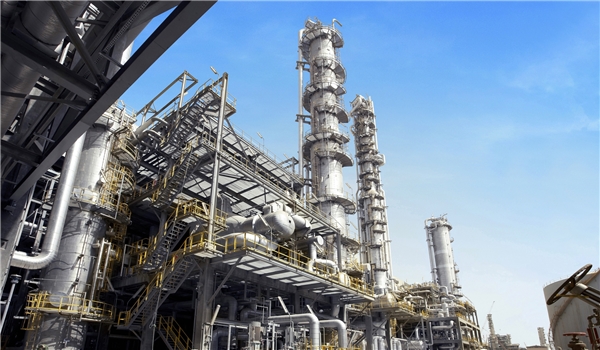

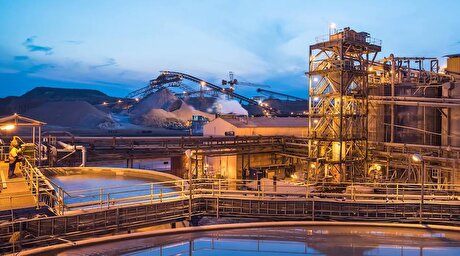
Mali to sell $107M in gold from Barrick to fund mine restart

Copper price soars to record as Trump announces 50% tariff
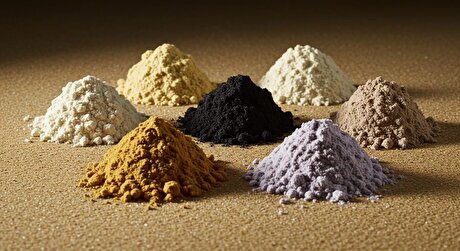
EU prepares to stockpile critical minerals in case of war: FT
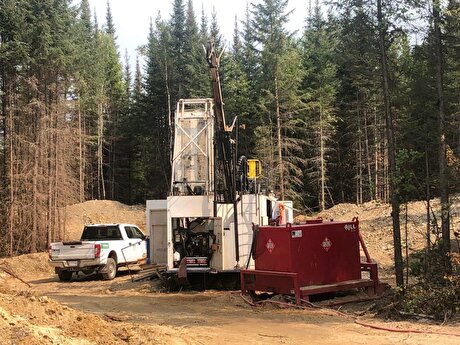
McFarlane Lake expands portfolio with $22M buy from Aris
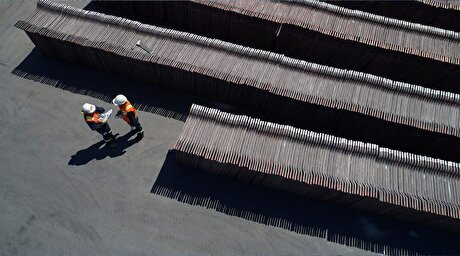
Glencore to sell Philippine copper smelter to Villar family
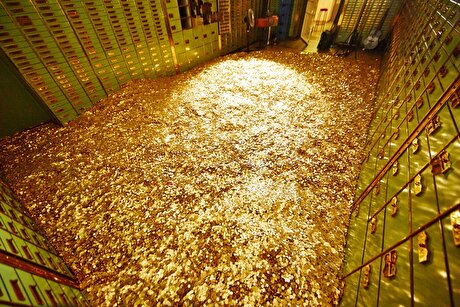
Gold ETFs drew largest inflow in five years during first half of 2025, WGC says
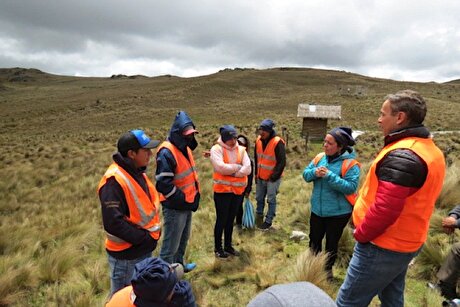
Dundee receives environmental OK for underground gold project in Ecuador
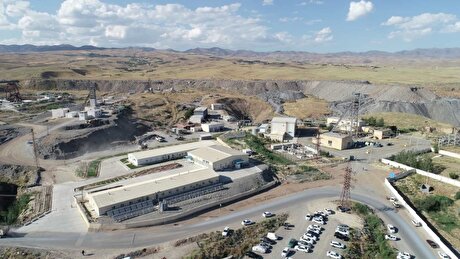
Navoi saw first half output value double on higher gold prices
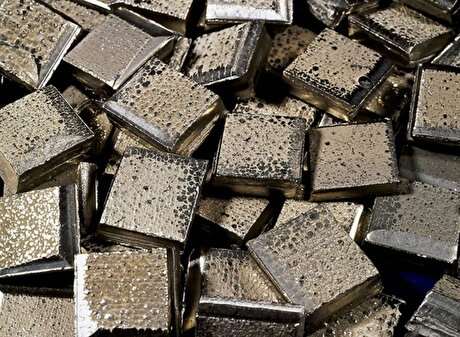
CHART: Nickel overtakes lithium as most valuable EV battery metal as prices slump

Friedland backs Trump’s copper tariff as wake-up call

BHP to explore battery partnerships with CATL, BYD

Silver price surges to 14-year high amid mounting trade tensions
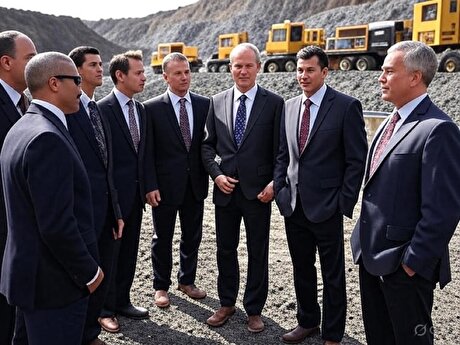
CHART: Nvidia hits $4 trillion – how do mining stocks stack up?
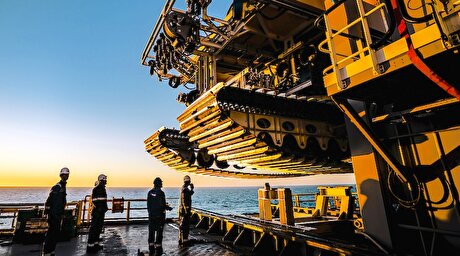
Lockheed Martin reboots Pacific seabed mining plans
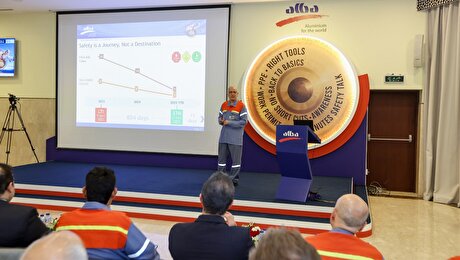
Alba kicks-off its Summer Safety & Health Campaign for 2025
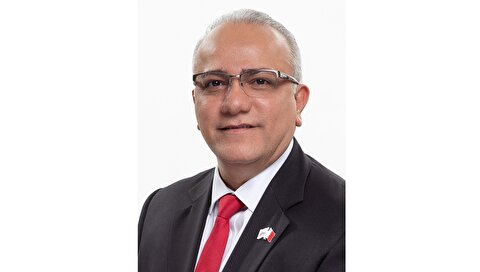
Alba Awarded EcoVadis Platinum Rating for the Second Time, Championing a Sustainable Tomorrow
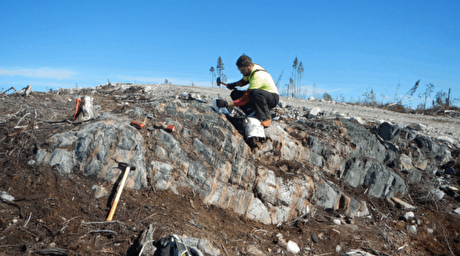
Troilus lands second offtake deal with major European copper producer
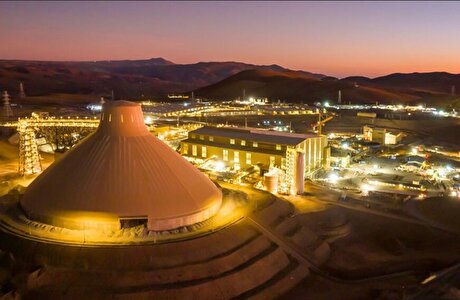
Copper mine output to rise 2.9% annually over next decade, says Fitch’s BMI

Navoi saw first half output value double on higher gold prices

BHP to explore battery partnerships with CATL, BYD

Silver price surges to 14-year high amid mounting trade tensions

CHART: Nvidia hits $4 trillion – how do mining stocks stack up?

Lockheed Martin reboots Pacific seabed mining plans

Alba kicks-off its Summer Safety & Health Campaign for 2025

Alba Awarded EcoVadis Platinum Rating for the Second Time, Championing a Sustainable Tomorrow

Copper mine output to rise 2.9% annually over next decade, says Fitch’s BMI

Navoi saw first half output value double on higher gold prices

Fatalities rise for second year in global mining sector












